Interesting Facts About Dills

Introduction
Dill is an aromatic and flavorful herb that has been used for thousands of years. With its delicate, wispy leaves and pyramid-shaped seeds, dill adds a distinctive taste to many dishes around the world. Beyond being a popular pickling spice, dill has a long history of uses – from ancient Egyptian ceremonies to Talmudic sleep remedies.
In this article, we’ll explore some intriguing details about this fascinating herb. We’ll learn about dill’s botanical characteristics, trace its origins back to the ancient world, discuss its nutrition and health benefits, uncover quirky facts, highlight global cuisine uses, provide growing tips, and more. Read on to learn amazing trivia about the versatile dill plant!
What are Dills?
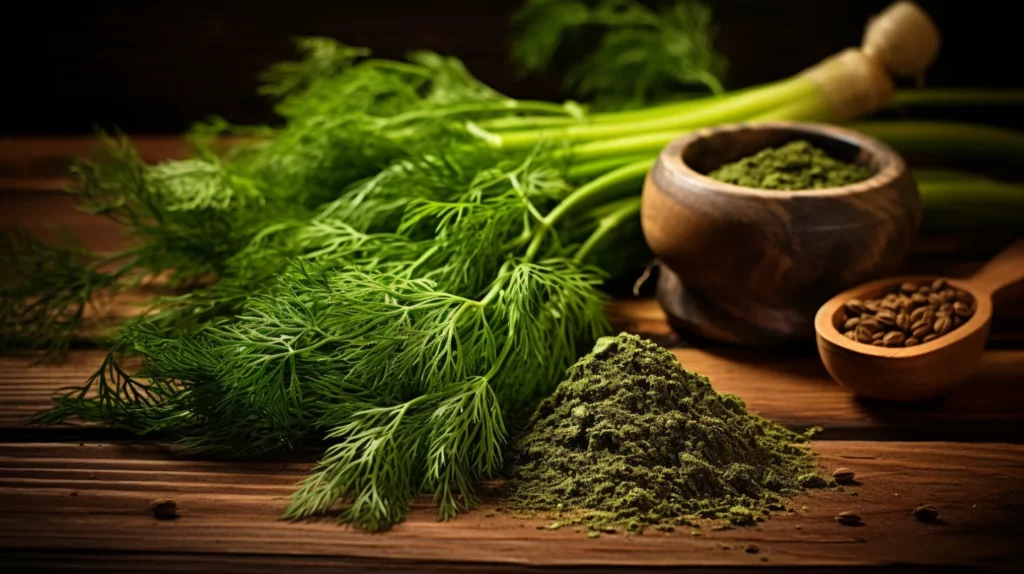
Dill (Anethum graveolens) is an annual herbaceous plant that reaches 1-4 ft tall at maturity. It has long, delicate, soft green leaves that are finely divided and branch out like the teeth of a comb. Tiny yellow flowers bloom in umbrella-shaped clusters that then produce oval dry seeds with longitudinal ridges. The entire dill plant is aromatic, but the green leaves and seeds have the strongest flavor.
Botanically, dill belongs to the Apiaceae family along with carrots, parsley, cilantro, and celery. It is believed to originally be from the Mediterranean or southern Russia. Ancient Egyptians used dill as far back as 3000 BC. Records show dill seeds were even found in the tombs of Egyptian pharaohs, signifying its value. Dill was also revered in ancient Greek and Roman cultures and appears in Chinese medicinal texts from 5,000 years ago.
The name “dill” likely derives from the Norse word “dilla” meaning to lull or soothe. Its Latin name Anethum graveolens means “strong smelling”. Dill’s fragrant oils are very concentrated in the seeds, which is why they are commonly dried and used as a spice. Meanwhile, the fresh, feather-like leaves, also known as dill weed, provide milder flavor. Both the seeds and leaves impart a clean, grassy, lemony aroma.
The Nutritional Value and Medicinal Properties of Dills
While low in calories, dill provides an impressive amount of vitamins, minerals, and health-promoting components.
One tablespoon of dill weed contains:
Dill is especially high in antioxidants like kaempferol, vicenin, and anethofuran which fight inflammation and cell damage in the body. It also contains essential oils like carvone, limonene, and myristicin that give dill its antibacterial effects.
Historically, dill was known as a soothing remedy for digestive issues. The Talmud recommends it for sleeplessness and Ancient Egyptians used it to quiet crying babies. Dill seeds contain enzymes that relax GI muscles and ease cramps, gas, and bloating. The herb increases bile production to improve digestion as well.
Modern studies confirm dill’s antimicrobial effects on certain bacteria and fungi. Extracts of dill leaves, seeds, and stems show antioxidant, anti-diabetic, and cholesterol-lowering effects too. Dill-infused oils or tea can also provide relief from coughs and colds.
Interesting Facts About Dills

Beyond its medicinal benefits, dill has quite a fascinating history. Here are some quirky tidbits:
1. Dills Have Ancient Origins
Pickling cucumbers dates back thousands of years! Archeologists have found evidence of pickling as far back as 2400 BC in ancient Mesopotamia. Dill specifically has been used for pickling since at least the 1st century AD in ancient Rome.
2. They’re Packed With Probiotics
Dill pickles are often fermented in a brine, which allows healthy probiotic bacteria to develop. The probiotics promote gut health and digestion. No wonder pickles are such a popular snack!
3. Dill Has Medicinal Uses
Dill has been used as a medicinal herb for centuries. Ancient Egyptian doctors used dill seed oil for headaches and to relieve anxiety. Dill is also thought to help with digestion and as a breath freshener.
4. Dill Pickles Are Low Calorie
Dills are naturally low in calories – only about 4 calories per spear! They make a nutritious, crunchy snack when you’re watching your weight. The vinegar brine keeps you feeling full too.
5. They Come in Lots of Varieties
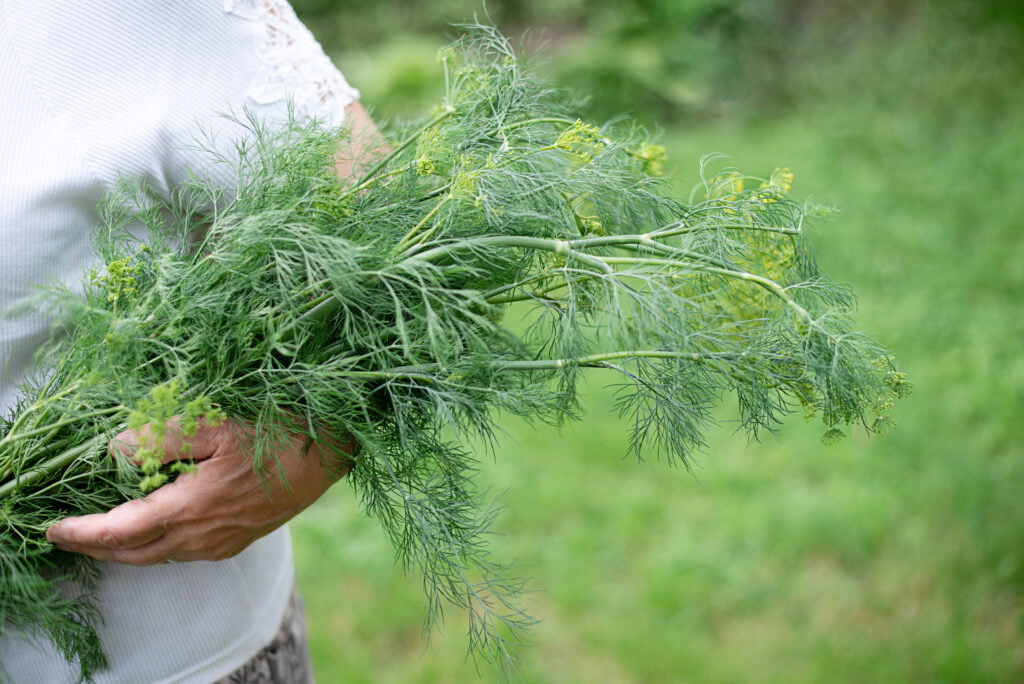
There are countless types of pickled cucumbers beyond dill! Some popular varieties are bread-and-butter pickles, kosher dills, polish dills, and cornichons. The possibilities are endless when pickling cucumbers.
6. Dill Pickles Can Be Fried
Deep-fried pickles are a delicious, crunchy treat! Dill pickle spears or chips are dipped in batter and fried until golden and crispy. Perfect at summer cookouts or as an appetizer.
7. Pickles Are Big Business
The global pickle market was valued at over $13 billion USD in 2020. That’s a lot of pickles! Dill pickles are the most popular variety in North America.
8. They Have Starring Roles in Pop Culture
Pickles has made many cameo appearances in TV, movies, and music over the years. From the Pickle Rick episode of Rick and Morty to the Pickle Surprise video that went viral on YouTube.
9. Pickle Juice Has Health Benefits
Drinking small amounts of pickle juice has become a health trend. The vinegar is thought to relieve muscle cramps, aid digestion, and help manage diabetes. Pickle brine is also used as an electrolyte drink.
10. You Can Make Them at Home
With just cucumbers, vinegar, salt, and dill, you can easily make dill pickles at home! Refrigerator pickles take only a few days. For long term storage, use a hot water bath canner to make shelf-stable jars of pickles.
The Role of Dills in Cooking
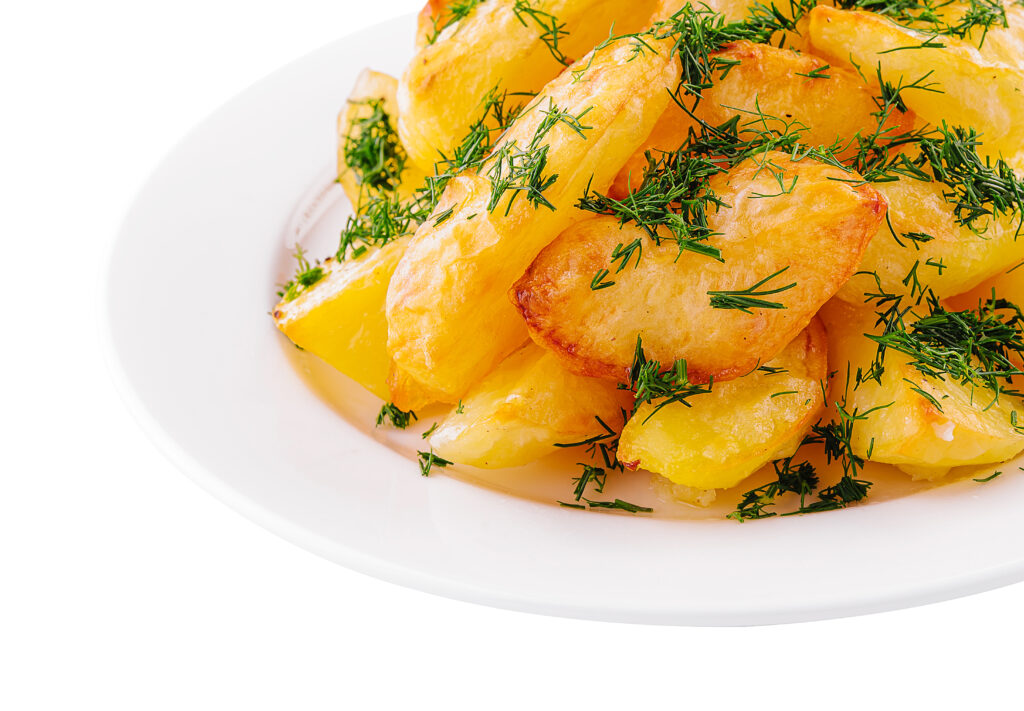
From ancient Rome to modern American diners, dill has played an important role in cuisine across time and geography. Here are some of the most popular ways it is used:
Dills Around the World
Cultures around the globe have made dill a culinary staple:
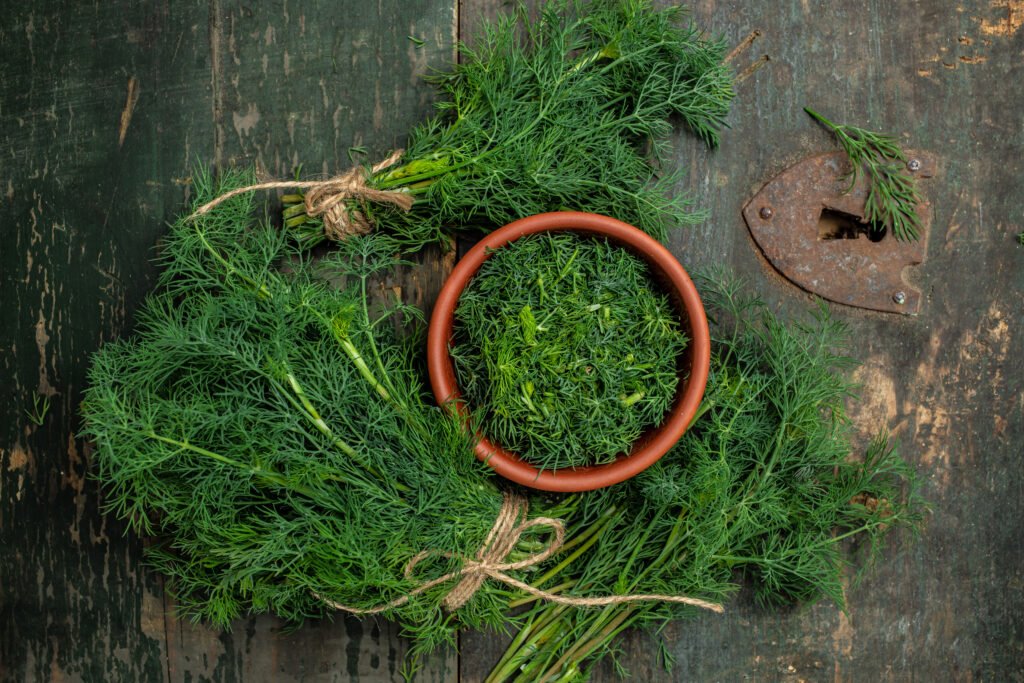
Growing and Harvesting Dills

Want to grow your own tasty dill? Here are some tips:
The Impact of Dills on the Environment
When grown mindfully, dill can have ecological benefits:
Dills in Popular Culture
Beyond its culinary fame, dill has popped up in arts and culture:
Dill in TV Shows
Dill is sometimes referenced in TV shows as an insult meaning a foolish or stupid person. For example, in American Dad, Stan calls Steve “dill weed”. The herb is also referenced in its literal sense in cooking shows when used as an ingredient.
Dill in Movies
Dill makes brief appearances in a few movies, where characters use “dill weed” as an insult, like in Bad Grandpa[. It is also referenced in To Kill a Mockingbird, as one of the main characters is named Dill.
Dill in Folklore and Symbolism
- Historically, dill has been associated with protection and luck. Dill was thought to ward off evil spirits and witches.
- In Europe, brides often carried dill flowers or wore them in their bouquets. This symbolized happiness in marriage and enduring love].
- Displaying fresh dill flowers in the home was considered good luck and a way to ensure happiness[4].
- Dill seeds were referred to as “meetinghouse seeds” because people would chew them during long church services to stay awake.
Versatility of Dills
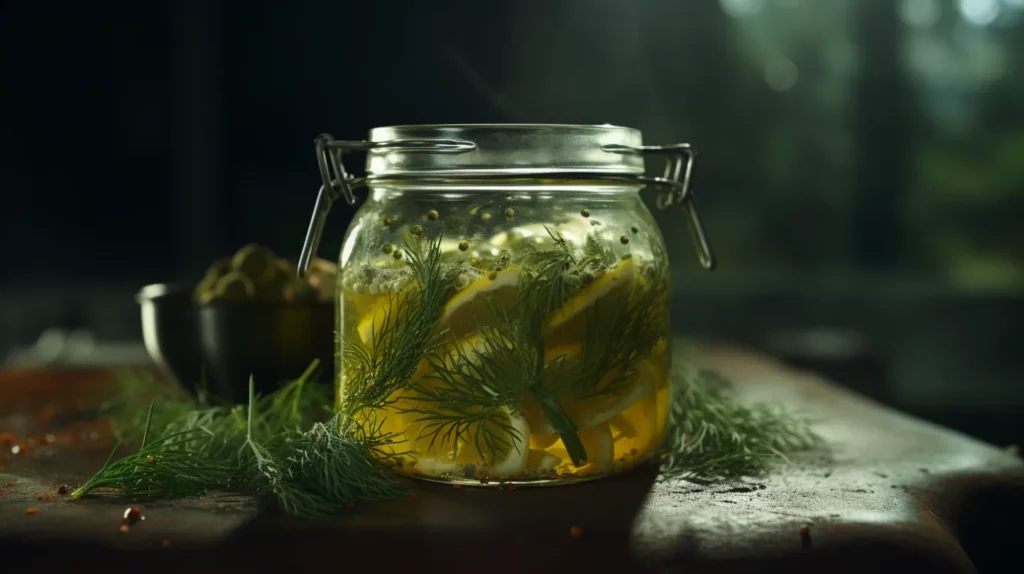
Beyond pickling, dill has many versatile uses:
Conclusion
After millennia of use across cultures worldwide, it’s clear humans have an affinity for the unique tang and fragrance of delightful dill. Beyond its signature role in pickles, dill has broad culinary applications across appetizers, bread, eggs, meat, seafood, salads, and vegetables. Dill tea and oils also have soothing medicinal benefits. Next time you enjoy dill’s anise-like flavor, remember the intriguing history behind this aromatic herb. With proper care, dill can also be easily grown at home for a steady supply of fresh leaves and seeds. Exploring new ways to cook with dill opens up possibilities for enhancing dishes with its special flavor and flair.





